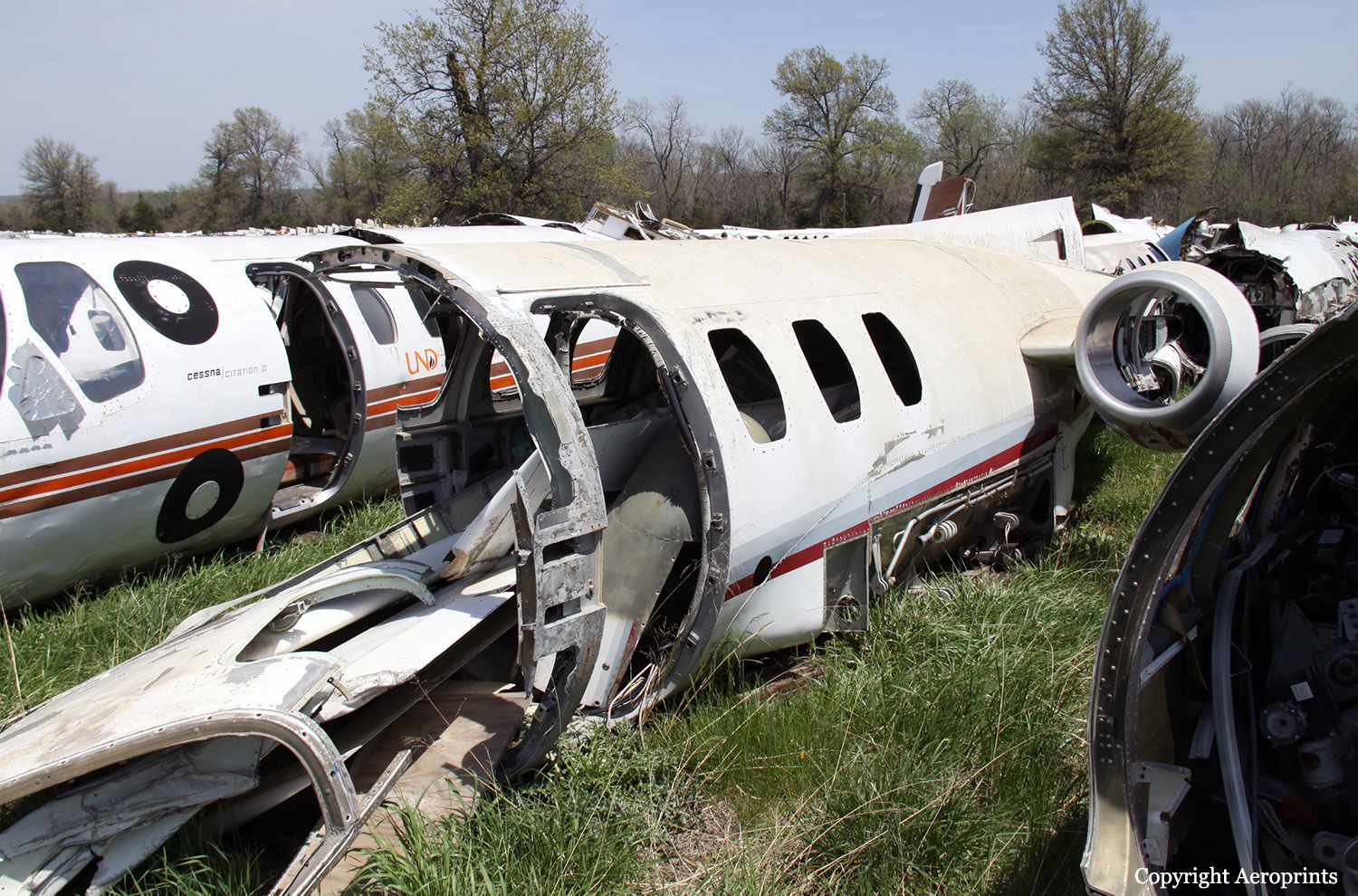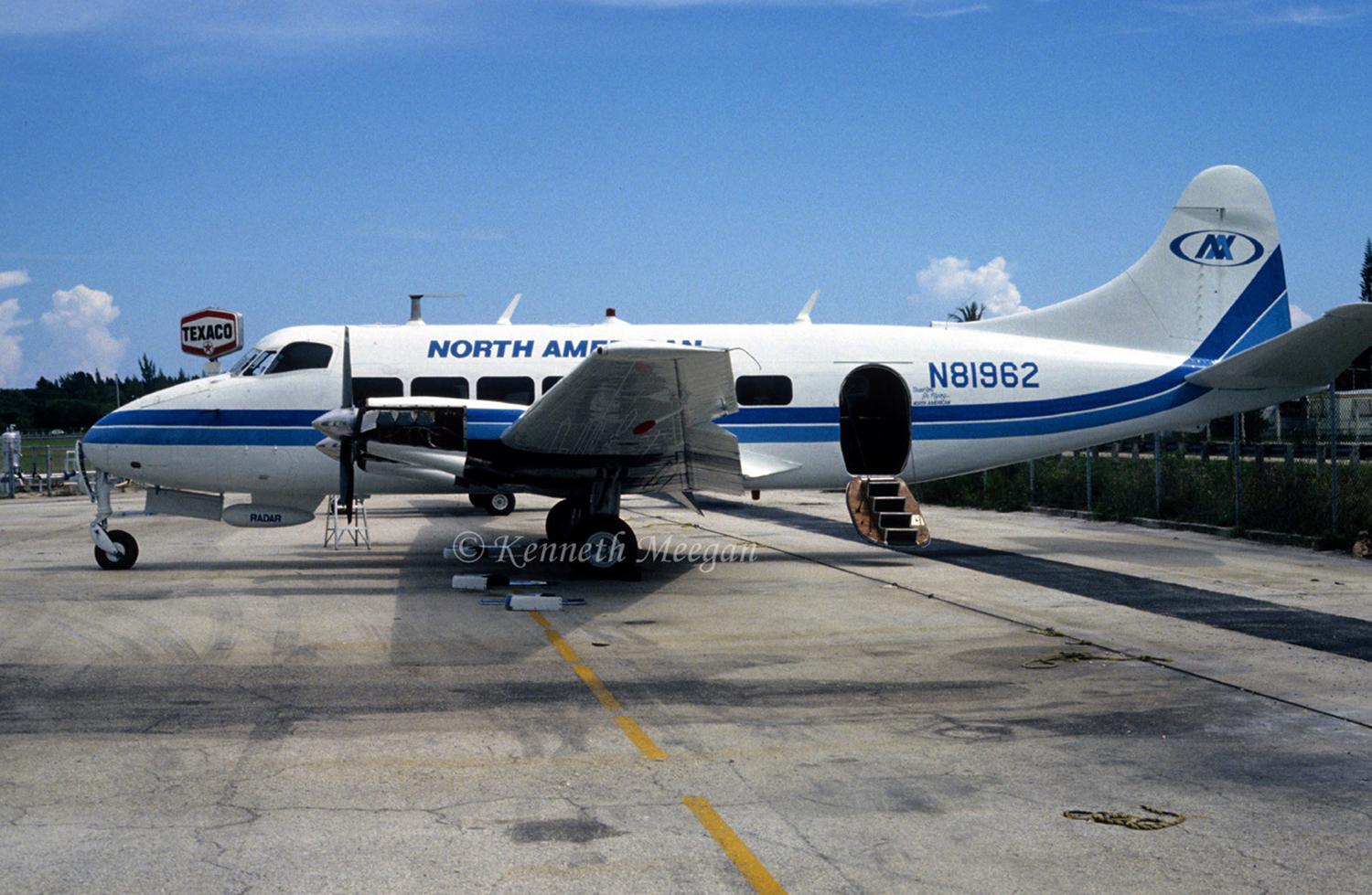Crash of a Cessna 501 Citation I/SP in Sedona
Date & Time:
Oct 2, 1989 at 1300 LT
Registration:
N617CC
Survivors:
Yes
Schedule:
Scottsdale - Sedona
MSN:
501-0211
YOM:
1981
Crew on board:
1
Crew fatalities:
Pax on board:
0
Pax fatalities:
Other fatalities:
Total fatalities:
0
Captain / Total hours on type:
50.00
Circumstances:
During arrival, the pilot contacted Sedona unicom and was advised that runway 21 was in use and that the winds were gusting to 25 knots. He reported that turbulence was strong thru-out the traffic pattern. Full flaps were lowered on final approach. A strong downdraft was encountered on final approach and power was increased 'to maintain vasi and vref.' Turbulence and a downdraft were reported to be exceptionally strong over the threshold. The pilot stated the aircraft touched down on all three gear, then it pitched up and began to porpoise with increasing amplitude. On the 2nd touchdown, power was applied, but the engine needed 5 to 7 seconds to spool up. The pilot said that after the aircraft porpoise three times, it was in a stall from which it would not recover. Subsequently, it went off the right side of the runway, crossed a parallel taxiway and entered a wooded area before stopping. No mechanical problem of the aircraft was reported that would have resulted in the accident.
Probable cause:
Improper in-flight planning/decision by the pilot which resulted in his inability to flare the aircraft and/or recover from a bounced landing. Contributing factors were: crosswind, gusts, turbulence, downdraft, and the pilot's inadequate compensation for wind conditions.
Final Report:


